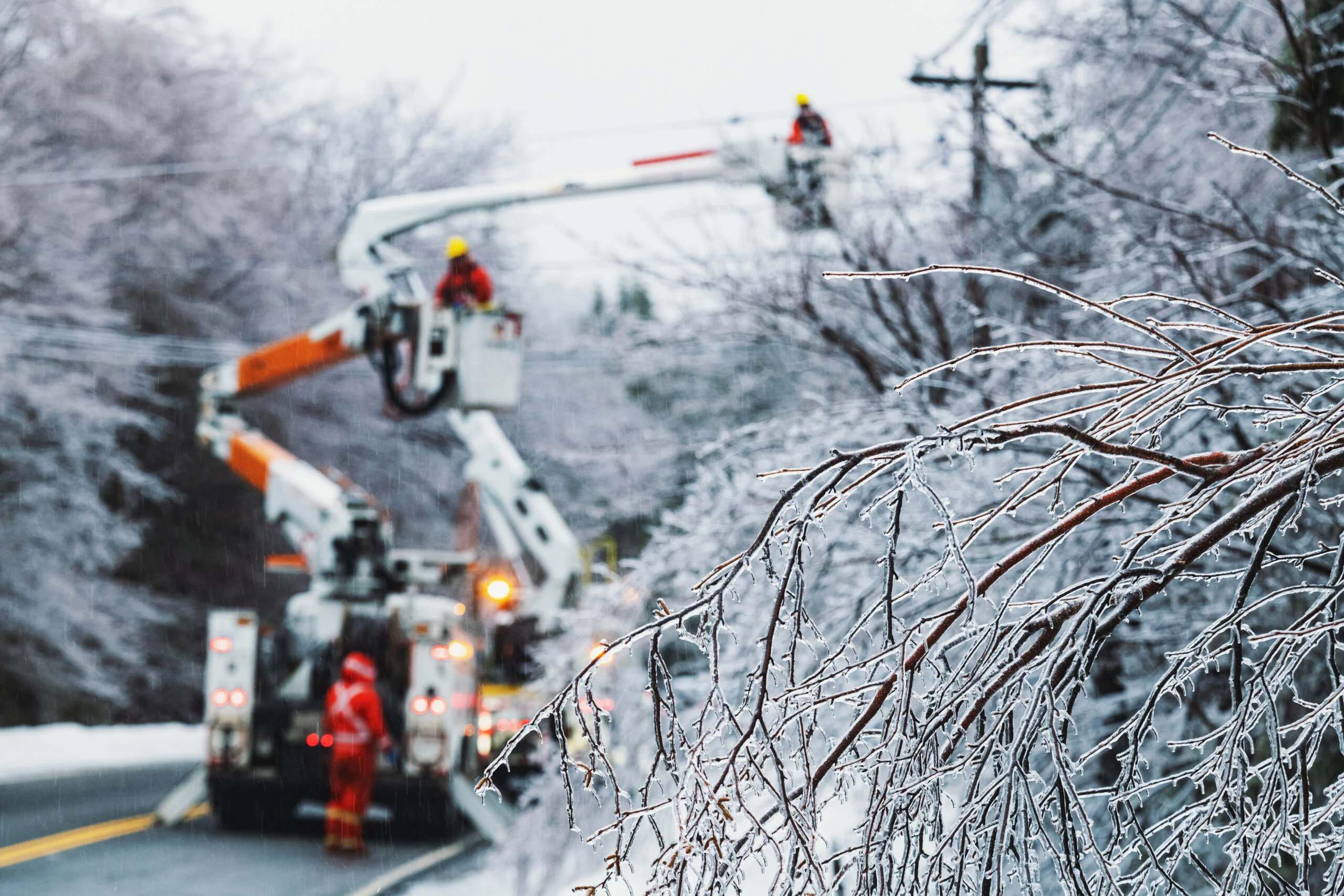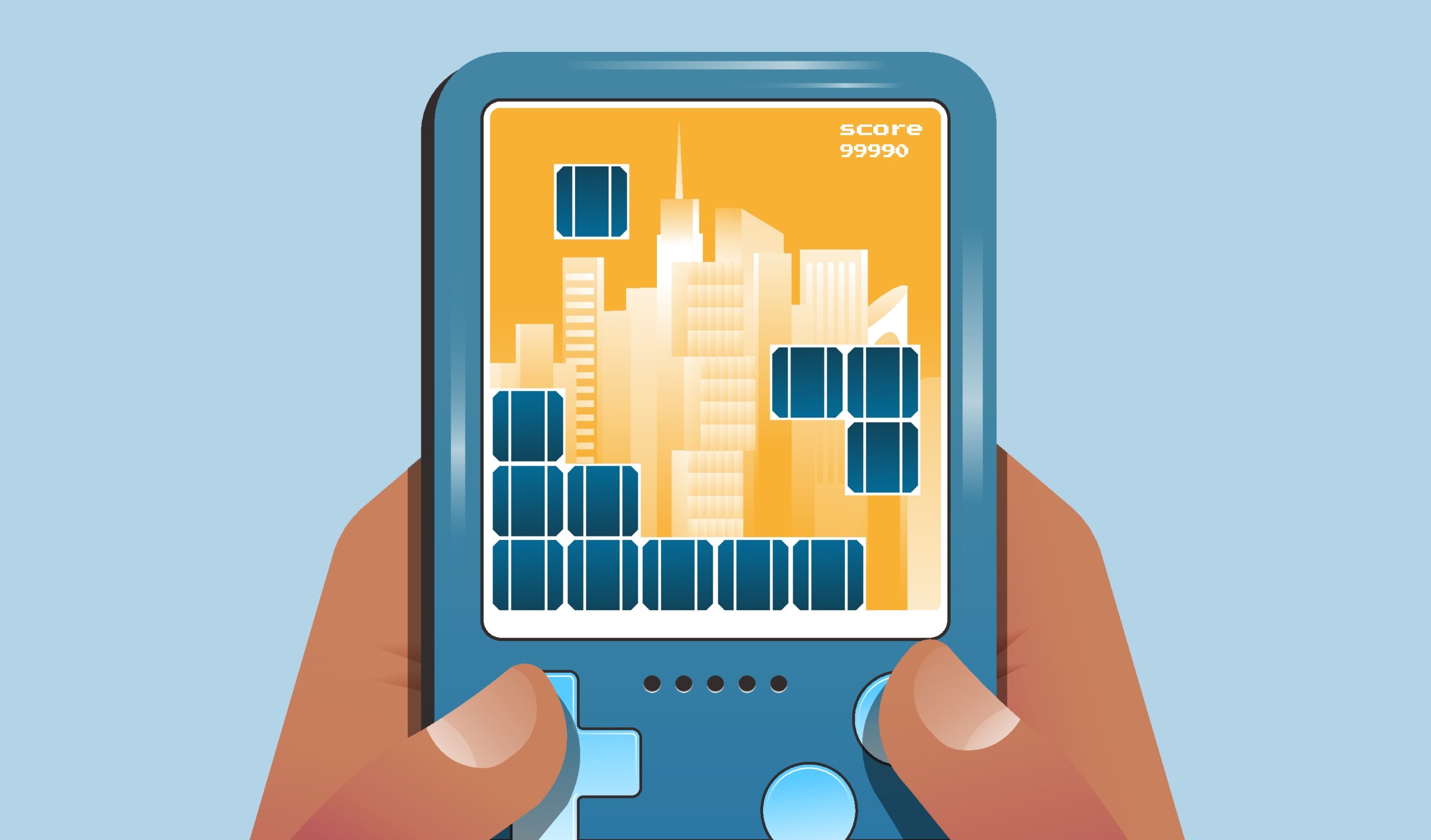Long before your customers hear about your new demand response program, the success of the initiative will largely have been determined by how well—or how poorly—you’ve planned its management and roll out. Setting realistic expectations, involving original equipment manufacturers (OEMs) early and often in the process, understanding the market potential, and designing a customer-centric platform leads to high enrollment and engagement numbers. Read on to discover the helpful concrete steps, culled from Virtual Peaker and other experts, to develop simple and effective demand flexibility programs.
Laying the Groundwork, Setting Expectations
Program design is no small task. To lay the groundwork for a successful demand response program rollout, there are many important steps to take before launch. These include:
- Detailed Scope of Work – The scope of work is your first and best chance to imagine what success looks like for your demand response program, both for you and for your customers. Make sure the scope is as clear and as explicit as possible to prevent misunderstandings or misalignment. Build based on solid plans, not on whims or the idea of the day.
- Understanding Customer Expectations – Ultimately, what do your customers want? Comfort? Monetary savings? A chance to do something good for the planet? All of the above? Look to previous programs (yours, and those offered by similar utilities), customer feedback, and how you’ve exceeded customers’ expectations in the past so that you can build what they want now.
- Identifying OEMs Before Implementation – Recruit and make full partners of your OEMs. Your program—and how it’s received by your customers—will be enhanced when OEMs are thoroughly integrated.
- Adaptability and Flexible Timelines – Stuff happens. One of the most important parts of planning is to plan for the unexpected. Keep your timelines flexible because getting your demand response program right is more important than being on time.
- Clear Division of Roles and Responsibilities – Your detailed scope of work increases in value as it is shared with individuals and across teams. What are the responsibilities of project managers? How do their responsibilities differ from those running events? Or the marketing team? While employees typically understand their individual, day-to-day duties, they need to know where they fit into the overall movement if you want the entire team to work effectively together.
- Documentation – Make it simple. People can quickly disengage, so be succinct and make sure you leverage graphics to create easy-to-understand—and implement—instructions.
- Check-ins – Writing a concise action plan is just the first step. Schedule regular check-ins, and encourage impromptu sessions, to ensure that your team moves smoothly from the idea stage to market.
- Open Communications With All Stakeholders – It’s not just your team that needs to know what’s happening. From OEMs to regulators to your customers, strive to be as clear as possible about what the program will achieve, and the roadmap to get you there.
Remember: once you’ve initiated your program basics, you can continue to evolve your strategies. Developing a successful demand response program from a pilot project involves several steps, and involves your company, your customers, and our environment.
The Critical Role of OEMs
When putting together your new demand response program, look to OEMs not only as implementers but also as valuable partners who can help drive success for your initiative.
It’s critical to have the company that designed and manufactured the equipment and services that will be marketed under your name operating as full members of the team. Often, these OEMs bring the prestige of their recognized global brands—from Google Nest to ecobee to sonnen to Generac to Eaton to Honeywell to LG to Enel—that can enhance your brand and offer peace-of-mind for your customers.
As recognized experts, OEMs can provide additional and detailed support. Which of their devices are eligible? Do they all have Wi-Fi? Many offer great documentation as well as troubleshooting based on months (if not years) of specific product experience. For example, EnergyUnited is highly transparent about the thermostats that qualify for its demand flexibility program.
Unfortunately, some utilities choose to turn off OEM notifications because they don’t want to “confuse” their customers with “outside” branding for the new program. Ironically, the OEMs can help utilities streamline the enrollment process through existing apps to help determine eligibility. Furthermore, when OEM notifications and other support are turned off, customer program enrollment tends to decrease.
The Distributed Energy Resource Management System (DERMS) Market is Growing
The distributed energy resource management system (DERMS) market is growing, and it’s expected to accelerate as more solar, battery storage, EVs, and other renewable energy resources come online to help balance the grid.
According to the Smart Energy Power Alliance, the global demand response market is expected to soar this decade. SEPA estimates that 200 GW of economically feasible load potential across the country could come from demand response by 2030. Globally, Technavio estimates that in just the next four years the DR market will grow by $1.7 billion. Utilities that don’t focus on building demand response programs may miss out on creating great value for themselves, their customers, and the environment.
How To Be a Customer-Centric Utility
Communications should always be a central tenet of building a strong demand response program. Much like a great API that you’ll need to connect quickly and seamlessly between the apps that run devices, you’ll also benefit from enhanced customer engagement functionalities that prioritize making seamless and long-lasting connections.
– Amber Mullaney, VP of Marketing, Virtual Peaker
What do your customers want? In a survey conducted by J.D. Power, more than 21,000 utility customers indicated that they want proactive communications, ongoing infrastructure improvements, environmental awareness (and action), and robust online experiences that ultimately boost their engagement with the utility.
In my recently published Forbes article, I addressed the critical importance of becoming a more customer-centric utility. In other words, how can utilities better connect with customers in our modern world? Some of the highlights of a customer-centric utility include embracing digitization for a smarter grid—and happier customers, meeting decarbonization goals, ending the “ratepayer” era to empower customers, more data and marketing, and catering to customers.
Demand Response Program Conclusion
Do you have questions about the best practices for building a demand response program? We want to hear from you! Let’s start a conversation together.





